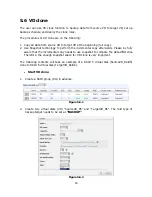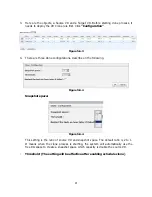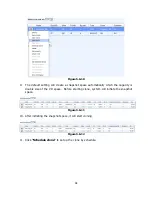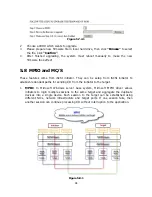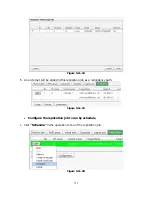
100
3.
If user installs anyone of Windows XP, Windows Vista or Windows 7, MC/S is the only
option since Microsoft MPIO is supported Windows Server editions only.
4.
MC/S can provide higher throughput than MPIO in Windows system, but it consumes
more CPU resources than MPIO.
5.9
Trunking and LACP
Link aggregation is the technique of taking several distinct Ethernet links to let them
appear as a single link. It has a larger bandwidth and provides the fault tolerance ability.
Beside the advantage of wide bandwidth, the I/O traffic remains operating until all
physical links fail. If any link is restored, it will be added to the link group automatically.
D-LINK implements link aggregation as LACP and Trunking.
1.
LACP (IEEE 802.3ad): The Link Aggregation Control Protocol (LACP) is a part of
IEEE specification 802.3ad. It allows bundling several physical ports together to form
a single logical channel. A network switch negotiates an automatic bundle by sending
LACP packets to the peer. Theoretically, LACP port can be defined as active or passive.
D-LINK IP SAN Storage implements it as active mode which means that LACP port
sends LACP protocol packets automatically. Please notice that using the same
configurations between D-LINK IP SAN Storage and gigabit switch.
The usage occasion of LACP:
A.
It’s necessary to use LACP in a network environment of multiple switches. When
adding new devices, LACP will separate the traffic to each path dynamically.
Figure 5.9.1
2.
Trunking (Non-protocol): Defines the usage of multiple iSCSI data ports in parallel
to increase the link speed beyond the limits of any single port.
The usage occasion of Trunking:
Содержание DSN-6120
Страница 70: ...70 4 5 1 Hardware monitor Hardware monitor can view the information of current voltages and temperatures ...
Страница 128: ...128 Figure B 4 Figure B 5 8 Click OK Figure B 6 Figure B 7 ...
Страница 134: ...134 Step 3 Click confirm The system will ask you to shutdown Please shutdown IP SAN storage Click Ok ...





